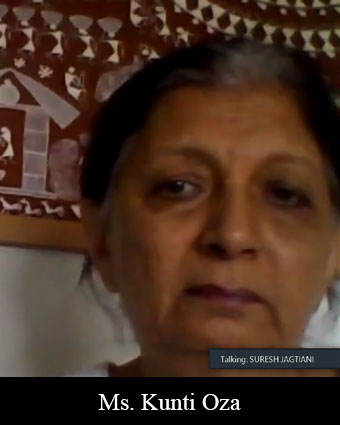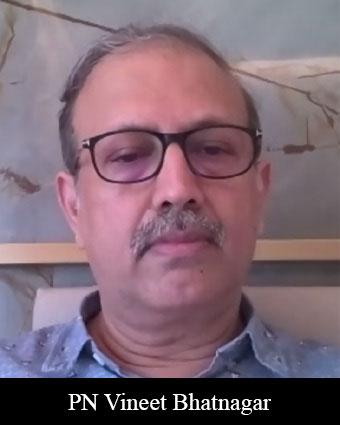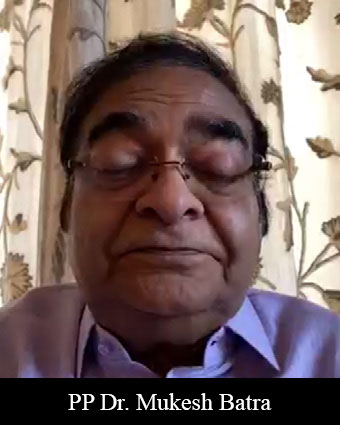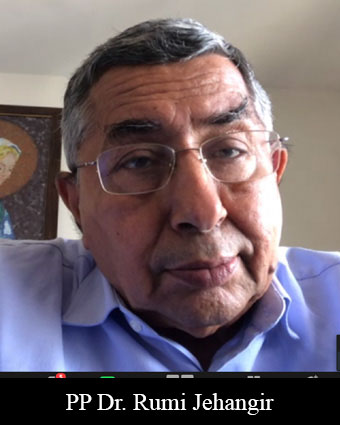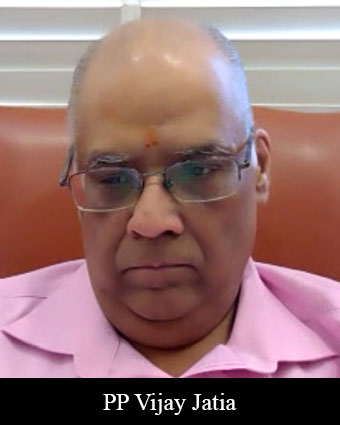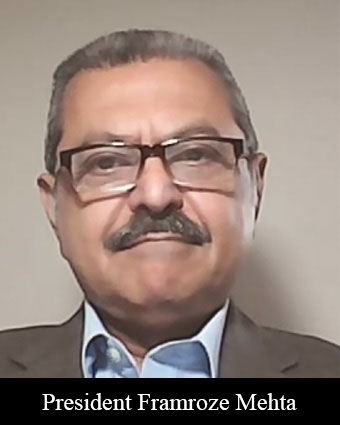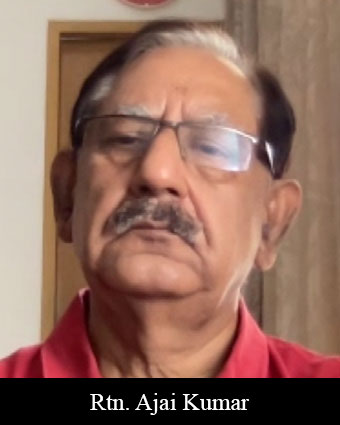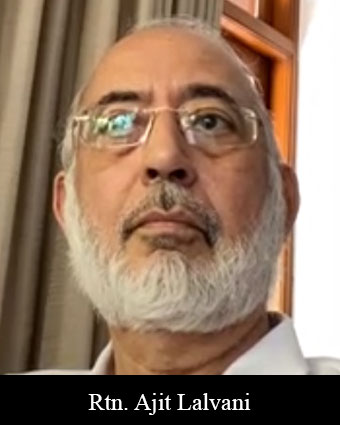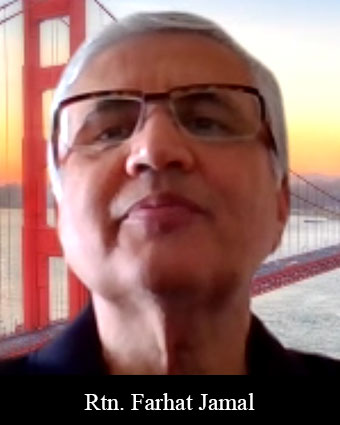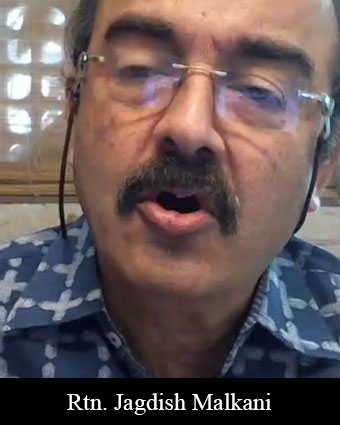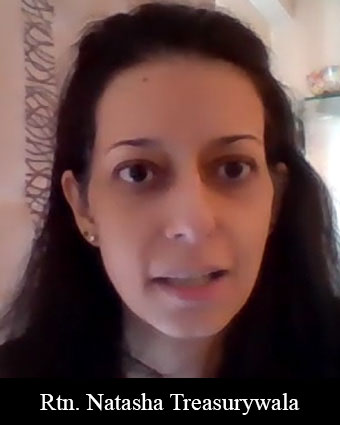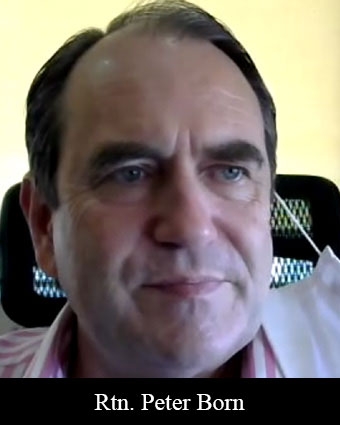
Prof. Vispi Balaporia, President, The Asiatic Society Of Mumbai, On ‘Cultural Institutions: A Struggle For Survival’
TO EXAMINE THE ROLE THAT SUCH (CULTURAL) INSTITUTIONS PLAY IN TODAY’S ENVIRONMENT, I WOULD BEGIN BY
ATTEMPTING TO DEFINE CULTURE. IF YOU SEARCH THE WEB YOU WILL COME ACROSS ANY NUMBER OF DEFINITIONS. I HAVE CHOSEN THE FOLLOWING, BECAUSE IT ENCOMPASSES A WIDE ENOUGH RANGE. LET ME READ IT TO YOU:
Culture is the characteristics and knowledge of a particular group of people, encompassing language, religion, cuisine, social habits, music and arts. … Thus, it can be seen as the growth of a group identity fostered by social patterns unique to the group.
It also encompasses concerns that arise from what is regarded as excellent in arts, letters, manners, scholarly
pursuits, which contribute to the best in the arts, and the development or improvement of the mind by education or
training.
With this in mind, let us examine how 20th century man sees himself. Looking at all his discoveries and achievements, he is filled with a sense of pride at having improved the world, enabling human beings to live in comfort and luxury, with advances in medicine, science, technology, industry. Without denigrating any of these achievements, we would also need to be honest enough to see the terrible disasters that have occurred, the suffering it has brought to millions, and that we are continuing to see today.
So, in my opinion, modern man must shed some of his hubris, and turn towards the past to recognise what we have inherited. I believe in the adage that man does not live by bread alone. And even when life is difficult, some inner spark ignites the spirit,
I have chosen just one example to illustrate this.
And I will need to take you back some 22,000 years to Paleolithic man and the cave art of Altamira. One would think that these people would have only been concerned with their physical needs of survival. But even so, some artists had found self-expression in the beautiful paintings on the walls of their caves. This is the earliest known example of human art, which mainly depicts animals (horse, buffalo, deer); later we do find other signs and symbols. But we wonder at the pigments and colours that have hardly lost their vitality, and wonder how these were created.
Such art also demonstrates how ideas develop, gradually leading to the establishment of cultures, and if we search we can find historical nexus. In making such discoveries dare I suggest that we might discover ourselves?
However miserable their circumstances, human beings do respond to art and music. It lightens their burden and lifts their spirits. On beholding a Grecian urn didn’t the poet Keats say “A thing of beauty is a joy forever”? And his message was “Beauty is truth, and truth beauty, That is all ye know, and all that ye need to know”.
So, to bolster my argument, let me take the Asiatic Society of Mumbai as an illustrative example, and take you on a tour, albeit a virtual tour on this Zoom platform. I had intended to show you some videos, but time limitations have prevented me from doing so. Let my words, then, conjure up the images in your mind’s eye.
I now invite you to congregate at Horniman Circle. As you may know, Horniman Circle has more than one gate for entry and exit, so I would ask you to gather at the gate facing the steps that lead up to the Town Hall. These steps are famous, and you must have caught glimpses of them in films, and in advertisements. These steps are also popular as meeting place for the youth, besides providing a well lit spot for the earnest student or reader. Once you have admired the façade, you can cross the road to access the building. But, in your eagerness, do not start climbing the 30 steps that will lead you to the doors that could provide entry to the building, because you will find them shut. And, even if one of them was open, it would provide access to the main hall of the Central Library, not the Asiatic Society. But I must tell you that it is a magnificent Hall, restored to its former glory by the well-known Restoration Architect, Abha Lamba.
So please follow me to the side entrance, the side that leads to INS Angre and the compound where the Red Cross building is located. And as you walk in you will pause in awe and admiration at the impressive statue of the notable philanthropist, Jagannath Sunkersett, recognised as one of the community leaders in the city of Bombay.
As you climb up the curving staircases, (you are free to take either of the two), you will reach the vestibule of the Society. And you will see many more magnificent marble statues of varying shapes and sizes: some full length, some seated, other smaller busts. Sir Jamsetjee Jeejeebhoy sits in imposing grandeur, surveying all who come and go. Many of these statues, which are more than a hundred years old, are also in need of some restoration. Dr Sabyasachi Mukherjee, Director General of the CSMVS, has been kind enough to loan us the expert services of Mr Anupam Sah, the museum’s Chief Conservator. He has prepared a brilliant survey report, and we are waiting for him to take up the restoration work.
I will now take you through the Central Library Hall to the ASM office, so tastefully renovated, in keeping with the old world appearance, yet answering to present day needs. Designed by our conservation architect Sheetal Gandhi, and so ably executed by Rotarian Jamshed Banaji and his team, our thanks must go to the Rotary Club Urban Heritage Committee of which your present President was also a member. This was really worthwhile, because it is through this office space that the public enters the famous Durbar Hall to attend lectures, seminars, workshops, and occasionally performances as well. To serve this end, two small Green rooms were also created.
Let us now go down to the basement where row upon row of mobile shelves store thousands of books. Here you will also be able to access old newspapers which have been microfilmed, so that the handling of the brittle paper can be eliminated. Many researchers ask for permission to pour over these old pages that document the past. Here you will also be taken to an airconditioned room that houses the old manuscripts and rare book collection. These books cannot be described. They have to be seen.
But our pride and glory is in our refurbished Conservation Lab. Refurbished, thanks to whom? No prizes for guessing right. Once again credit goes to the Rotary Club Urban Heritage Committee and Rotarian Jamshed Banaji. It is indeed a pleasure to work in this lab, because the conservation of old books and maps is a laborious task. In order to restore you must first take the books apart, page by page. Then begins the cleaning of the pages, using water, and an alkaline solution to remove the acidic content. To do this, the pages have to first be tested, the composition of the ink used in the print ascertained, and the appropriate method decided.
We are fortunate to have trained and skilled staff for this work, as well as binders who will eventually restore the pages to their original form as a book.
Similar work is being done on the maps in our collection. We are fortunate to have on contractual basis the expert inputs of a young person, Ms Amalina Dave, who has trained under conservation experts in Naples, Italy. She is also training some of our younger staff who, we hope, will carry the work forward. All this, of course, needs money, and we try to collect funds under our Adopt-a-book scheme, which we have recently raised to Rs 10,000/- per book.
do hope I will have the opportunity to show each one of you our treasures, once we have seen the last of this dreadful virus. Until then, zoom platforms seem to be the best alternative.
ROTARIANS ASK
As you mentioned the books are being digitized, so, are these books available to access?
Yes, all the digitised material has been included in this portal Granth Sanjeevani where people can enrol and access. Up to now, we have kept it for read only and not download. What we have digitised so far is the material that does not come under copyright because we were told that when you digitise, you make the copy of the work and if it is under copyright, you cannot do that. We wanted to be very careful not to flout the rules. So, one has to be a member to access.
What are your rarest Indian manuscripts? Something that nobody possesses?
I don’t know if nobody else in the world, but we have beautiful palm leaf manuscripts dealing with the life of Buddha, we have Aranyaka parva and possibly they are the only ones, 11th and 12th century. Even the coin collections are rare, gold mohurs from Akbar’s time… these are the things we put on display when dignitaries visit.
What challenges do you face due to lack of support from the corporates and the government?
I find that there is nothing firm that is coming up from the CSR, we try but nothing concrete. We are centrally supported, we get an annual grant and that, too, was cut down due to Covid. We have one crore for a year. We had to cut down salaries of the staff and that is not a happy picture.
Should curriculums be changed to create larger awareness for the fabric of culture and urban heritage?
Absolutely. We are mainly a research library. Unfortunately, the books in there are not for school children. But we do have student membership to enrol for the research work. We also give scholarships. Lately, we have also collaborated to bring courses for college students.
The stairs are used multiple times for commercial purpose. So, isn’t it possible to raise funds through giving out certain portions for shooting and all that?
The Town Hall, we don’t own the building. We are tenants. It was built after the society. So, whatever the revenue comes from the shootings, it goes to the collector. It comes under the jurisdiction of the collector of Mumbai. We can have something happening in the Durbar Hall and charge something, that could be within our jurisdiction.
Once we had permitted a shooting where they wanted a library background and I also remember a time when there was a play being performed about a book store and they had come and taken photos of the book shelves for the backdrop of the play. I am not sure if it can be a source of income. They bring in those strong lights that you need for shoot, there could be a danger of the place heating up too much. So, we have to guard against that.

